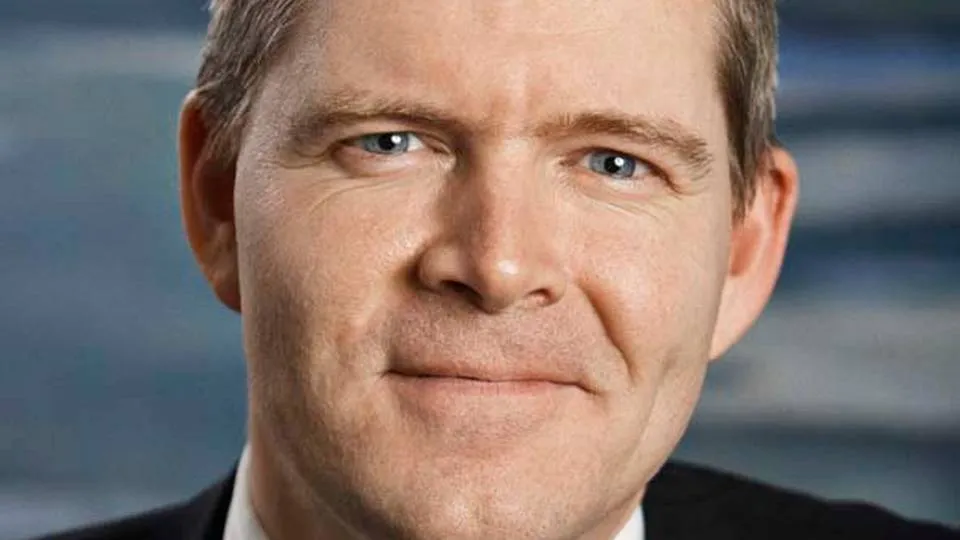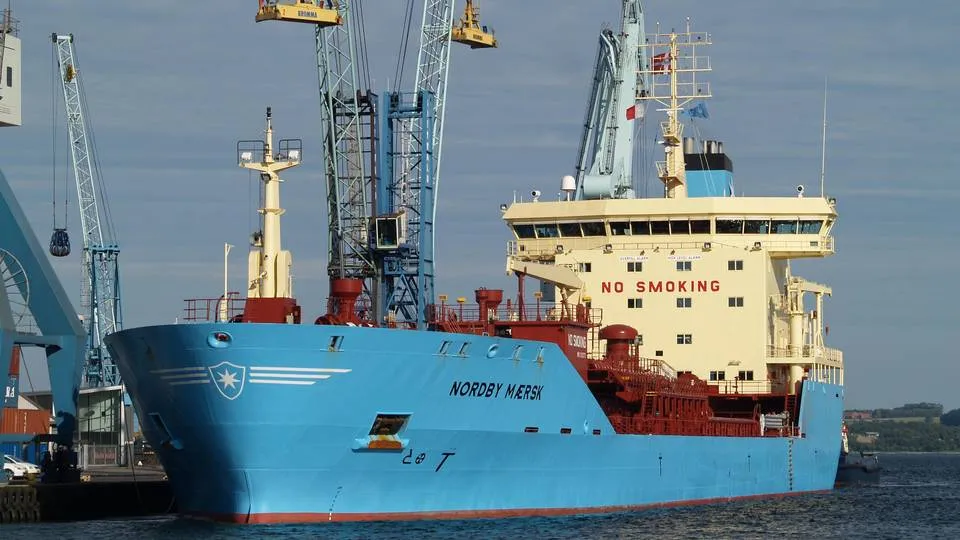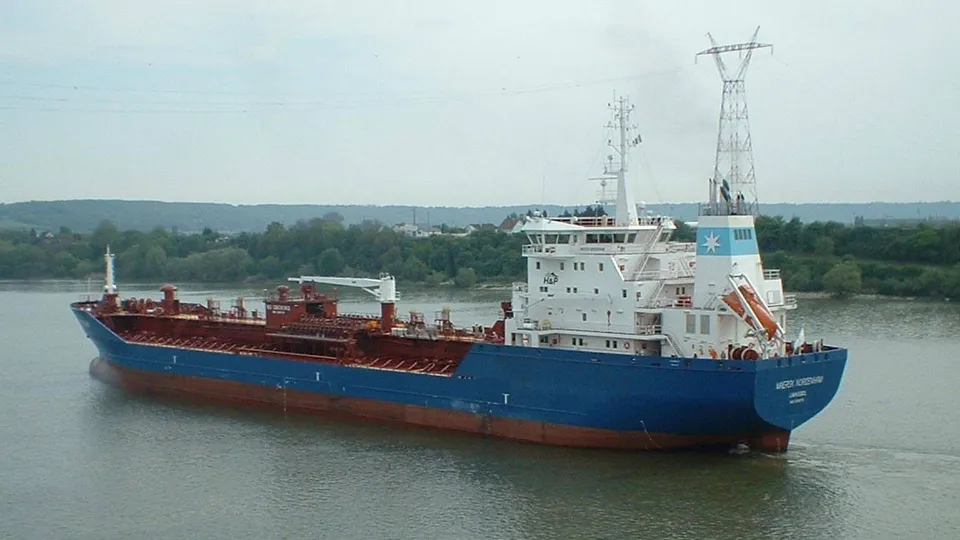Like other tanker carriers, Maersk Tankers benefits from the very low oil price – currently at a five-year low. But CEO Morten Engelstoft estimates that the good times will be short-lived. WPO has interviewed Engelstoft.

The dramatic slide in the oil price has reached Maersk Tankers, which notes the impact on par with a long line of the world’s other product tanker carriers. After a somewhat slow 2014, carriers benefit from the fact that traders and energy companies are looking to fill their stockpiles at the currently low oil price. But Maersk Tankers CEO Morten Engelstoft tells WPO that he does not see a reason for carriers to run around cheering, as the good times could be short-lived.
Do you want to stay up to date on the latest developments in International shipping? Subscribe to our newsletter – the first 40 days are free
“In addition to the traditional market increase we normally experience toward the end of the year, we’re also currently in contango, meaning that the price of future oil contracts are higher than the expected spot price. We’ve been feeling these two elements in recent months through increasing rates. It’s of course positive that the market has improved, as virtually all players have been losing money in recent years. But we’re not running around cheering. What’s needed in order to start talking about a healthy market is that the rates stabilize on the long term at the current level, and I doubt that’s going to happen, even though it’s necessary in order to improve the far too low returns on the business,” says Morten Engelstoft.
Could be short-lived
He fears that the current hike represents a short-lived peak, meaning that the product tanker market will before long once again be struggling with the fundamental imbalances that have challenged the industry for years: Too many ships for too few cargoes. Engelstoft does expect that demand in the product tanker market will increase by three to five percent in 2015, slightly more than in the current year, but the market will also see the delivery of many new ships – the LR2 and MR fleet, for instance, will grow by around 20 percent in the period 2015-2017. Things look somewhat better for Handysize, which will grow an expected ten percent, and the fleet of small intermediate vessels will in fact only grow slightly.
“Ordering has slowed down a little, but the many new ship set for delivery still represent a challenge, even though demand actually looks okay,” he says.

Photo: Maersk Tankers
Photo: Maersk Tankers Intermediate
Good to divest VLCC
Maersk Tankers left the VLCC segment when the carrier sold almost its entire fleet of the major supertankers to Belgian Euronav in January this year. Engelstoft maintains that this was the right decision, “because product tanker is the most attractive place to be.” Like competitors such as Scorpio Tankers, Maersk Tankers’ decision to bet on the more refined products is based on, among other factors, the changes taking place among refineries. The energy companies are shutting down facilities in Europe, which are being replaced by new ones in Asia and the Middle East. This development results in a growing need for transporting the refined products to Europe.
Do you want to stay up to date on the latest developments in International shipping? Subscribe to our newsletter – the first 40 days are free
Morten Engelstoft has now served as head of the tanker carrier for almost one year. He is working to turn Maersk Tankers into a healthy and profitable business that can perform on par with the business units in the Maersk Group, preferably with a return on invested capital (ROIC) of at least ten percent – though it will probably take some years for this to happen, adds the CEO.

Photo: Maersk Tankers
Photo: Maersk Tankers Small
Three-step strategy
He is working from a three-step strategy aimed at creating a healthy carrier, with a key focus on cutting costs, increasing efficiency and being able to offer customers a low price. Bunker price represents one area where the carrier needs to constantly cut costs. Maersk Tankers managed to reduce its bunker costs by 20 percent in the period from 2010 to 2013, and the carrier cut another two to three percent in 2014. This process will continue, says Engelstoft.
Maersk Tankers has six newbuildings underway, set for delivery in 2016 and 2017.
Norden: Tanker at highest level since financial crisis
Hafnia: Tanker rates headed for great finish in 2014
Lower oil prices good news for Torm
Maersk now has full control of its entire tanker fleet




